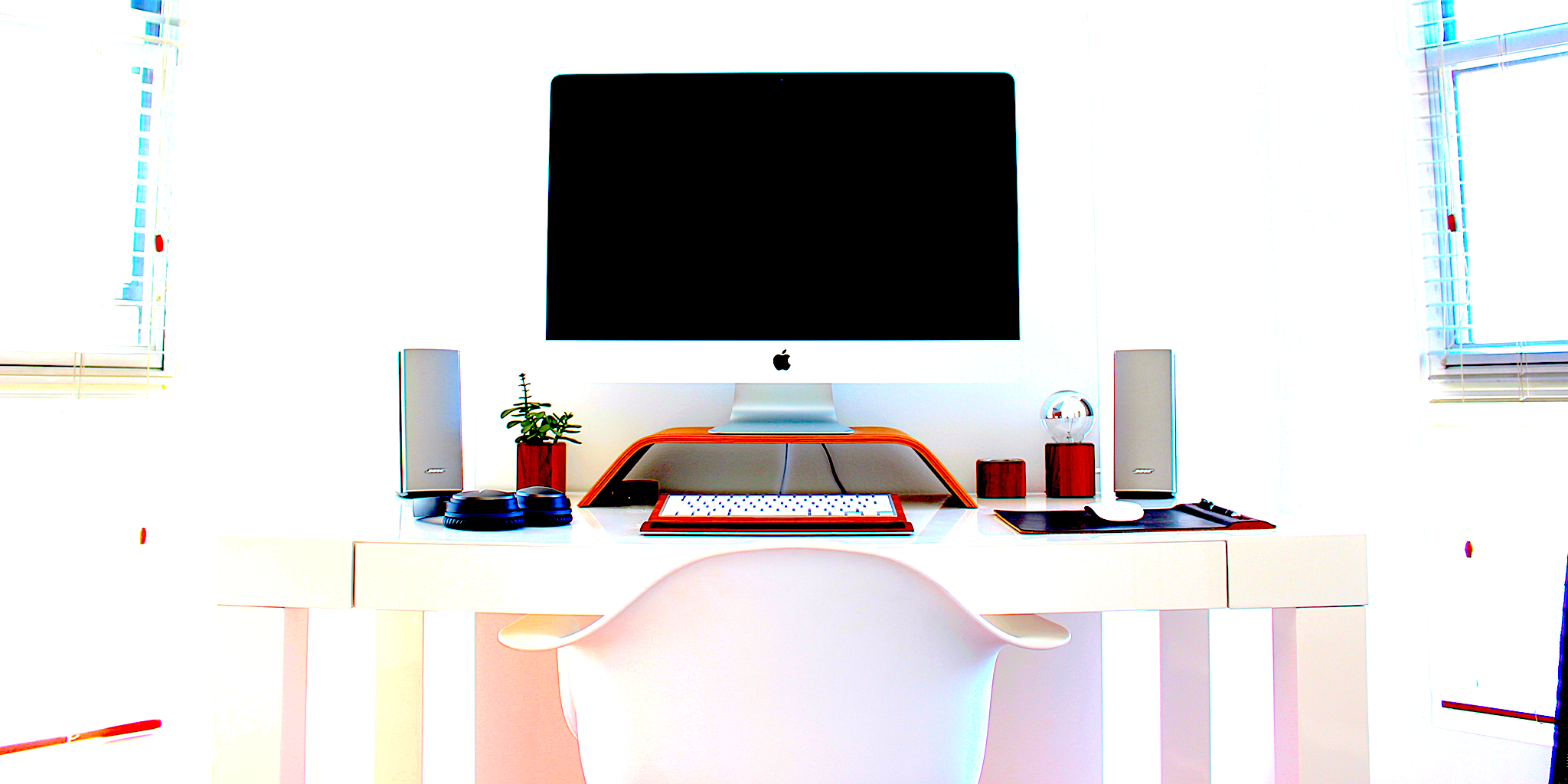
Most office-based employees will be able to recognise how their working environments influence their health and wellbeing. This is where office ergonomics come in.
Ergonomics is the harmony between humans and their given environment. In a working context, ergonomics denotes the dynamic relationship between employee and office.
Repeated research has proven that people who sit for extended periods often die earlier. Heart disease, obesity, cancer, and mental health issues like depression all correlate to sedentariness. Extended periods of sitting change our cardiac output, but also mess with our vitamin D levels and hormonal equilibrium.
The main challenge is designing a workstation to suit your physical capabilities as a worker, while also helping to defend against the aforementioned health risks. Check out our useful tips for a healthier workplace below.
Standing desks
Though they’ve been in use since the 18th century, standing desks have regained popularity in the office world during the past decade. Stand-up desks present one solution to the office worker’s biggest enemy: seat-related sedentariness.
Standing desks allow workers to switch between sitting and standing as they please – so if you find yourself getting restless an hour or two into a shift, a stand-up, adjustable desk may be just what you need to sustain your focus.
But it’s best not to start thinking of standing desks as a fix-all. Although accredited bodies like WHO Europe have officially recommended adjustable or standing desks for office workers, some studies suggest that there are only minimal energy output differences between sitting and standing.
Get the right chair
Ergonomically-designed chairs boast more scientific backing when it comes to positively impacting office workers’ health. If you choose a well-designed chair which supports the spine, allows your feet and knees to touch the floor, and allows your elbows to rest on your desk, then the strain of your weight is displaced onto the chair. You might even consider getting a kneeling chair, which many office workers swear by for improving their overall posture while typing.
Check your own posture
Ergonomically-designed office furniture brings you comfort, but no chair or office will fit your body exactly. Being aware of your own posture is the best way to protect your long-term musculoskeletal health.
Support the weight of your arms on a flat surface and check your head and neck position: many computer-based workers end up craning their heads forward to look at their screen, which can result in severe tendon damage. Ballet or yoga classes can help re-train you to have proper upright posture.
Bring the outside inside
Office spaces can feel incredibly unnatural, which is why it’s vital to ensure that you catch as many rays of the sun during the day as possible. If this is possible within your workplace (i.e. by looking outside through a window, then great – but if it’s not, take as many of your breaks outside, perhaps in a local park or down a walkway or area with greenery.
Look after the whole person
If your workplace isn’t conducive to the holistic wellbeing of you and your colleagues, consider asking your boss to create an office setting that addresses workers’ exercise and health needs. This includes things like establishing break-out areas for socialisation and collaboration.
It’s also useful to evaluate what makes you feel the most productive and healthy. Whether it’s quiet time via noise-cancelling headphones, a quick round of stationary exercises, or a few minutes spent outside every hour or two, you’re entitled to the measures which will keep you feeling sane at work.




